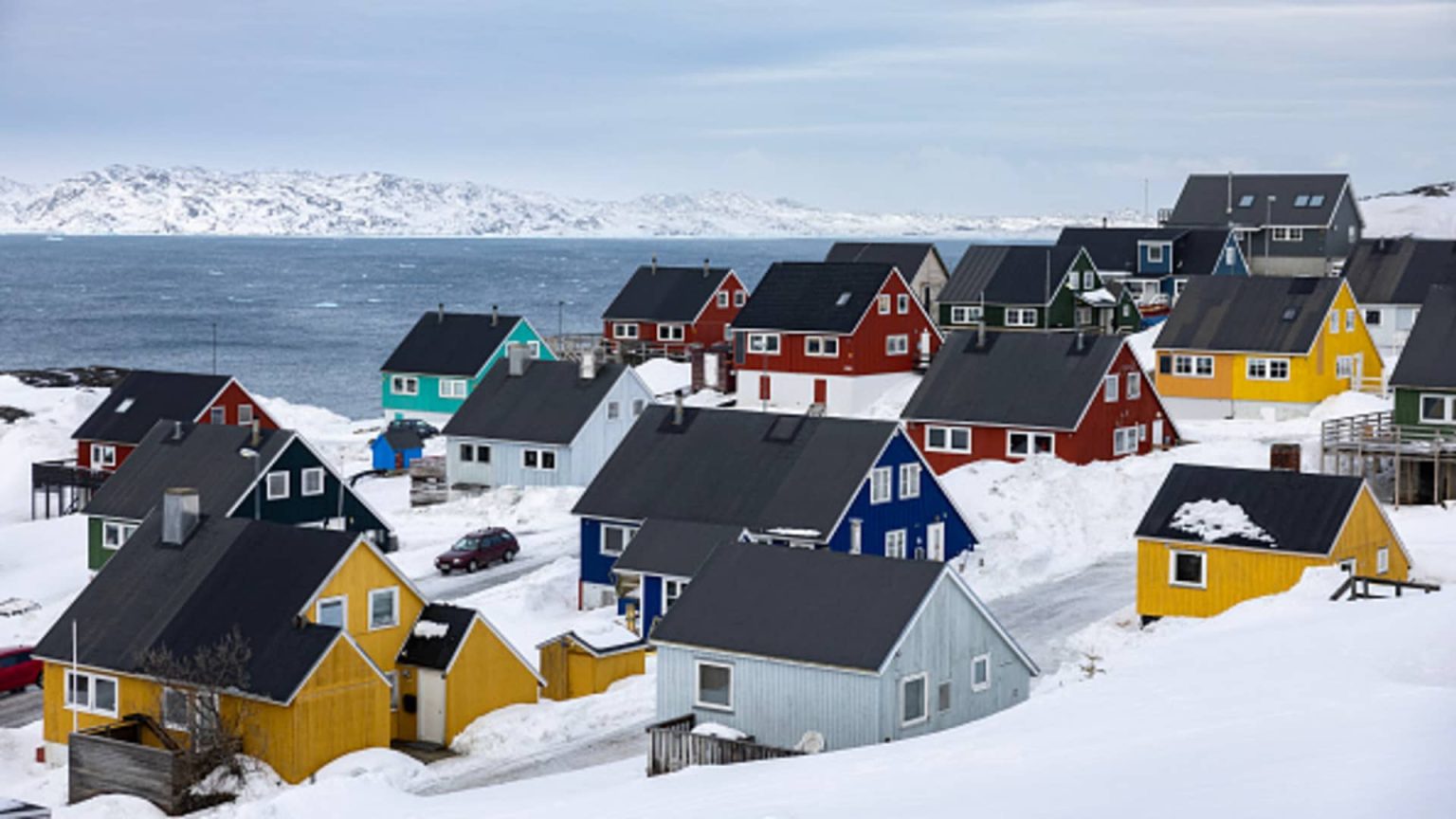Greenland, the world’s largest island, is at a critical juncture regarding its resource management and geopolitical significance. Recent discussions indicate a cautious approach towards mining despite immense resource potential. Naaja Nathanielsen, Greenland’s Minister for Business and Mineral Resources, emphasized the desire for sustainable mining practices rather than becoming a mining powerhouse. This article delves into Greenland’s strategic resources, development plans, and the complexities of its political landscape.
| Article Subheadings |
|---|
| 1) Greenland’s Resource Potential and Political Landscape |
| 2) Current Mining Developments and Opportunities |
| 3) Environmental Standards and Community Support |
| 4) Future Outlook for Mining in Greenland |
| 5) Conclusion and Summary of Key Insights |
Greenland’s Resource Potential and Political Landscape
Greenland has captured global attention due to its vast untapped resources and strategic geopolitical positioning. Reports of potential U.S. interest in acquiring the territory intensified discussions about its resource management. Officials, including President Donald Trump, have talked about the possibility of exerting U.S. control over Greenland, even suggesting the use of military or economic pressure. This situation highlights the complex dynamics between resource exploitation and international diplomacy.
Despite the political intrigue surrounding Greenland, the local government remains focused on sustainability. Naaja Nathanielsen shared insights regarding the challenges presented by the island’s harsh climate, remote location, and existing infrastructure limitations. She stated that the current focus is not solely on maximizing mining activities but rather on selectively managing a few key operations.
Current Mining Developments and Opportunities
Recent developments suggest a cautiously optimistic mining landscape in Greenland. Mining companies are actively seeking opportunities, exemplified by Critical Metals Corporation, which recently received a substantial loan offer from the Export-Import Bank of the United States for the Tanbreez rare earths mine. This financial backing signifies a pivotal shift in U.S. investment strategies concerning Greenland’s mining industry.
In addition to this loan, Greenland has issued a 30-year mining permit to a Danish-French group for exploiting anorthosite, an aluminum-rich rock. These approvals signal both international interest and local ambitions to develop the territory’s resources responsibly.
Environmental Standards and Community Support
Greenland’s mining policies are surrounded by high environmental, social, and governance (ESG) standards, which have been shaped by historical concerns over mining pollution. Naaja Nathanielsen noted that the local populace largely supports the mining industry, appreciating the government’s commitment to high environmental standards and community welfare.
This community backing is crucial, as Nathanielsen emphasized the need for continual trust between the government and its citizens. She warned against any potential weakening of environmental standards, as it could lead to a decline in public support for mining operations. Learning from past experiences, Greenland seeks to establish a sustainable framework for its resource management.
Future Outlook for Mining in Greenland
Looking ahead, Greenland aims to strategically position itself as a viable alternative to China in supplying rare earth elements. A recent geological survey revealed that many critical minerals, including graphite, molybdenum, and titanium, are abundant in Greenland. These resources are increasingly important for industries pivoting towards sustainable energy solutions.
However, Nathanielsen reiterated that Greenland is not interested in becoming a leading mining nation. With just two operational mines currently, the focus is on efficiently managing 5 to 10 active sites to maintain ecological balance and local community support. The long-term vision emphasizes responsible resource management alongside environmental stewardship.
Conclusion and Summary of Key Insights
In summary, Greenland is navigating a complex interplay of geopolitical interests, economic opportunity, and local values regarding resource management. While the island is seen as a geopolitical asset with rich mineral resources, local leaders like Naaja Nathanielsen are committed to ensuring that mining activities align with sustainable practices and community welfare. Greenland’s approach appears to be one of cautious optimism, focusing on a balanced development strategy that prioritizes environmental sustainability and long-term benefits for its residents.
| No. | Key Points |
|---|---|
| 1 | Greenland is strategically important due to its vast untapped resources. |
| 2 | The island government is focused on sustainable mining rather than becoming a major mining player. |
| 3 | Recent mining projects have garnered U.S. financial interest, signaling a shift in investment focus. |
| 4 | High environmental standards have cultivated community support for the mining industry. |
| 5 | Greenland is positioning itself as an alternative supplier for critical minerals globally. |
Summary
In conclusion, Greenland’s approach to resource management illustrates a careful balancing act between economic development, environmental responsibility, and community engagement. As the geopolitical spotlight remains on the territory, its leaders advocate for a measured path forward that prioritizes sustainable mining while addressing the myriad challenges presented by the harsh Arctic environment.
Frequently Asked Questions
Question: What minerals are abundant in Greenland?
Greenland possesses a variety of minerals, including graphite, gold, copper, nickel, and rare earth elements which are critical for technological advancements and sustainable energy solutions.
Question: How does Greenland’s government view mining?
The government seeks to balance economic growth with environmental sustainability, allowing for a limited number of mining operations to manage local resources responsibly.
Question: What role do community standards play in Greenland’s mining policies?
Community support is crucial, and the government maintains high environmental and social standards to ensure that the local population backs mining initiatives.


